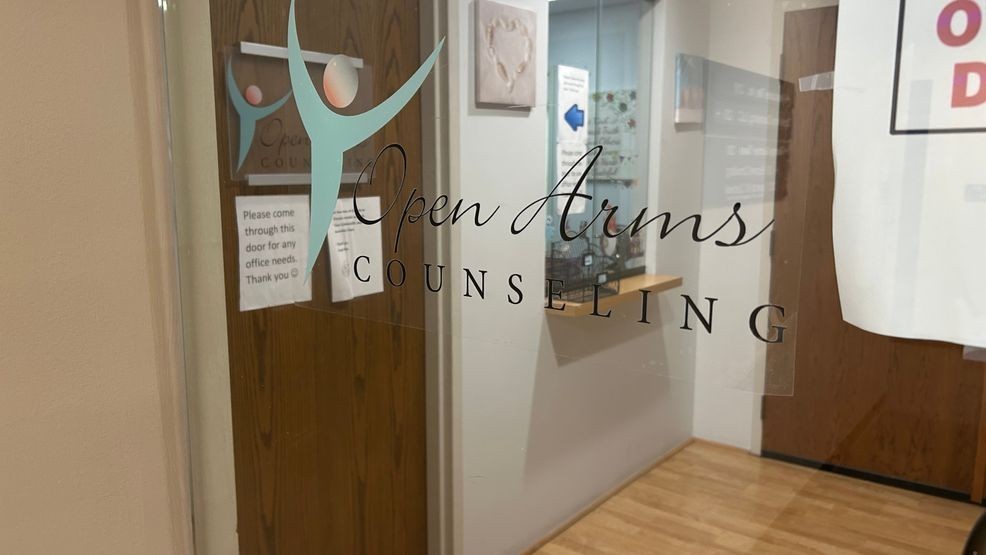COLUMBUS, Ohio (WSYX) — Ohio ranks among the top states for overall mental health outcomes, but millions of residents continue to face barriers to care, according to a new national report.
Mental Health America’s “State of Mental Health in America 2025” ranked Ohio 12th overall out of all 50 states and the District of Columbia. The rankings measure prevalence of mental illness and access to care across 17 categories.
Mental health experts in Central Ohio tell ABC 6 the COVID-19 pandemic was a turning point.
“With the masking and the isolation, a lot of communication skills got left behind,” said Ann Hurst, Founder & CEO, Open Arms Counseling. “The political climate right now is very difficult because so many people are separating instead of coming together. I think the greatest need right now is for a sense of belonging, a sense of grounding. There’s a lot of anxiety, a lot of depression, a lot of not knowing where somebody fits. During COVID-19, there were a lot of developmental delays because of not being able to see people’s faces.”
Since 2014, Open Arms Counseling has provided ‘compassionate, high-quality care that honors the spiritual, cultural, and individual differences of diverse communities’ through it’s counseling services.
“If there’s one good thing that came out of COVID-19, was the fact that more people are talking about mental health publicly,” said Luke Russell, Executive Director, National Alliance on Mental Illness Ohio. “More people are starting to really recognize what’s going on out there.”
NAMI Ohio offers education, support, and advocacy free of charge. “We represent individuals and families individuals with mental illness and their families,” Russell said. “We offer some evidence-based signature programs such as educational programs. We offer family support groups and peer support through 39 affiliates that represent 88 counties in the state.”
The report found that in 2024 more than 2.1 million adults in Ohio — about 23% of the state’s population — experienced some form of mental illness. Roughly 476,000 adults reported serious thoughts of suicide, while nearly 1.75 million adults had a substance use disorder.
Among youth, about 174,000 Ohio adolescents experienced a major depressive episode in the past year, and 123,000 reported suicidal ideation. Nearly 78,000 youth were identified with substance use disorders.
“The numbers are actually staggering when you sit down to think that we had nine people in the last two weeks in Franklin County lose their life to suicide,” Russell added.
Despite its relatively high ranking, access to treatment remains a challenge. In Ohio, 137,000 adults with mental illness were uninsured, and about 1.49 million adults with substance use disorders did not receive needed treatment. The state also has a shortage of providers, with a ratio of 340 people per mental health worker, slightly worse than the national average.
“It’s been really hard with the competition right now for getting counselors into agencies because there are so few counselors to fill the spots,” Hurst said. “I do think that there’s a disparagement.”
Nationally, the report showed youth mental health improving from 2023 to 2024, with fewer adolescents experiencing major depressive episodes or suicidal thoughts. But adult rates of mental illness and substance use disorders have remained steady, affecting tens of millions of people.
“There’s definitely a need for more groups, anger management groups, grief groups, and groups to bring people together and communicate,” Hurst added. “There’s just so much going on at the moment. Also, the political climate has been heating up as well. And there’s been a lot of incitement to violence. And the more you dehumanize other people, the easier it becomes to commit violence. So that’s why it’s so important to keep talking.”
Mental Health America warned that recent federal cuts to Medicaid and Affordable Care Act funding could put access to care at further risk. The report calls for state and national leaders to invest in coverage, prevention, crisis services and the behavioral health workforce.
“A lot of emphasis has been put on mental health by our governor,” Russell said. “One of the challenges that NAMI is going to be promoting in the future is a blueprint for mental health, where we look at the treatment people need, access to medications, and support services.”

